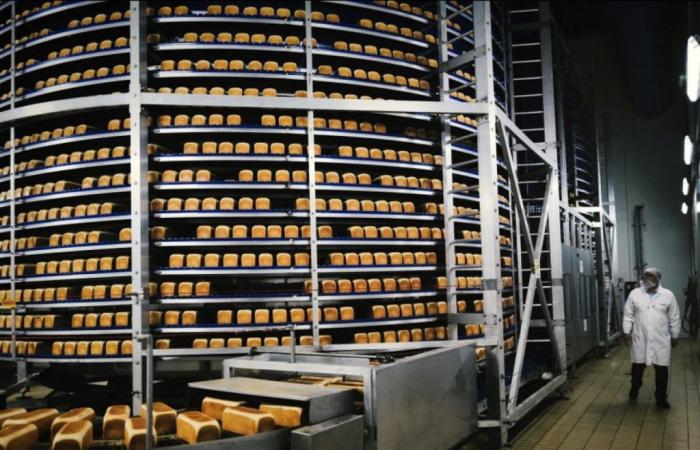Established after the Second World War, our agricultural model is today on its last legs: poor nutritional quality, exhaustion of natural resources, pollution of all kinds and insufficient income for many farmers… However, it is costly for farmers. citizens, as revealed by a group of associations and scientists in a report presented this month. Beyond the figures, this work allows us to understand what is hidden behind the food offerings offered in stores.
Calculating the real cost of our food means opening the “black box” of our food system: who earns what? who pays what? What do we actually produce, and what do we ultimately eat?
Four associations (Catholic Relief, Peasant Solidarity, French Federation of Diabetics, Civam Network) have mandated the Le Basic design office, the Institute of Economics for the Climate (I4CE), as well as a scientific committee to carry out this unprecedented accounting year.
Detailed review of this report through four key figures.
6.9% of the price paid at the checkout on our food basket goes to the farmer
First observation: between 1975 and 2000, the price of agricultural products was halved. This decline was made possible by an increase in productivity (mechanization, use of synthetic fertilizers and pesticides, selection of seeds, expansion of farms).
Another major change compared to the post-war years: 76% of our food purchases are made today in supermarkets, a distribution method that did not exist in the 1950s (the first hypermarket opened in 1960) .
Furthermore, we are buying less and less raw or minimally processed foods like bread from the baker, and are eating more and more meals outside the home.
Agricultural product processors therefore play a key role in this system. Concretely, in addition to cereals grown to feed animals (80% of agricultural production in France), a large part of farmers’ harvests no longer end up directly on our plates or in our pots, but go through processing factories or restaurant kitchens.
Thus, while the prices of agricultural products have fallen sharply for farmers, consumers have benefited little. It is mainly the processing and distribution sectors which have captured the gains: today, 50% of the final price paid in c[…]
Read more on sciencesetavenir.fr






